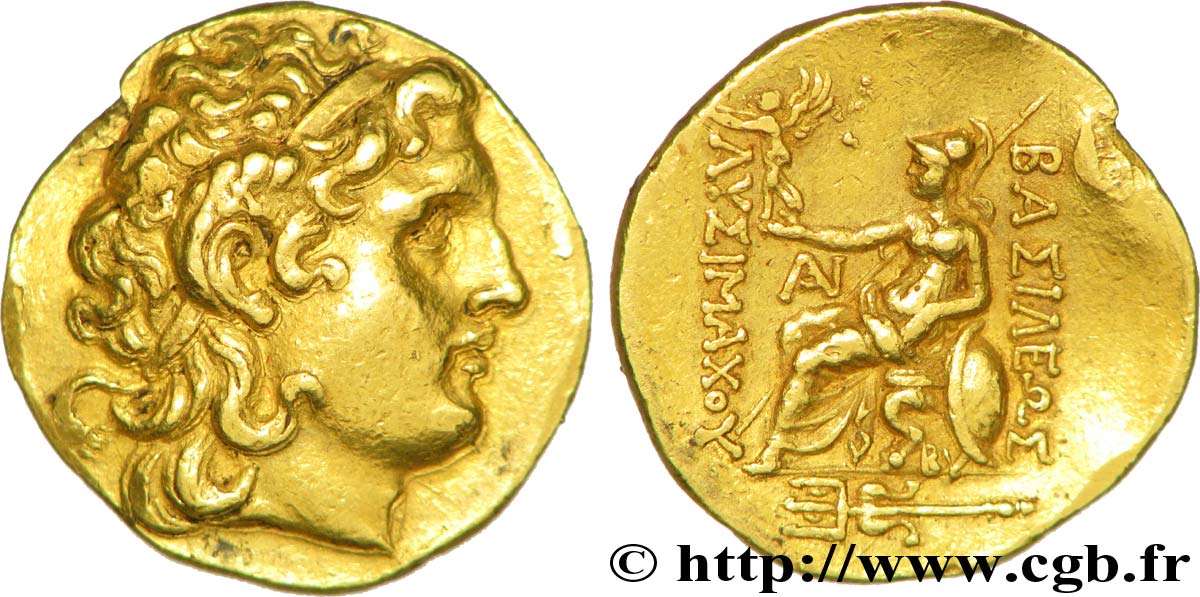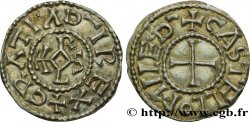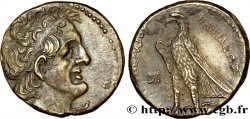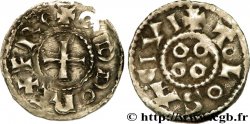v41_0085 - TRACIA - BIZANCIO Statère d’or
MONNAIES 41 (2009)
Начальная цена : 1 500.00 €
Назначить цену : 2 500.00 €
Цена реализации : 1 500.00 €
Начальная цена : 1 500.00 €
Назначить цену : 2 500.00 €
Цена реализации : 1 500.00 €
Тип Statère d’or
Дата: c. 280-250 AC.
Монетный двор / Город: Byzance
Металл: gold
Диаметр: 21 mm
Ориентация осей монеты: 12 h.
Вес: 8,52 g.
Редкость: R1
Комментарии о состоянии
Exemplaire sur un flan ovale et irrégulier avec un coup sur la tranche à 11 heures au droit. Beau portrait. Revers de style fin, bien venu à la frappe. Jolie patine avec des reflets mordorés
Лицевая сторона
Аверс: легенда: ANÉPIGRAPHE.
Аверс: описание: Tête imberbe d'Alexandre le Grand sous les traits de Zeus-Ammon, cornu et diadémé à droite.
Обратная сторона
Реверс: Описание: Athéna nicéphore assise à gauche sur un trône, tenant un petite Niké de la main droite qui couronne le nom de Lysimaque et le coude gauche reposant sur un bouclier orné d'un masque de lion ; dans le champ à gauche, un monogramme.
Реверс: легенда: BASILEWS/ LUSIMCOU/(AI)/ BU
Комментарий
Le trident ornementé est orné de deux petits dauphins. Notre exemplaire se caractérise par deux petites lettres BY sur le trône au revers comme sur l’exemplaire de MONNAIES 36, n° 71.
The ornate trident is adorned with two small dolphins. Our example is characterized by two small letters BY on the throne on the reverse, as on the example in COINS 36, No. 71.
The ornate trident is adorned with two small dolphins. Our example is characterized by two small letters BY on the throne on the reverse, as on the example in COINS 36, No. 71.








 Cообщить об ошибке
Cообщить об ошибке Распечатать страницу
Распечатать страницу Отправить мой выбор
Отправить мой выбор Задать вопрос
Задать вопрос Consign / sell
Consign / sell










